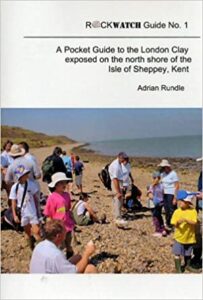Fossil Hunting along the Jurassic Coast is presented by Dr Colin Dawes, a well-known, fossil hunting guide in the world-famous palaeontological site of Lyme Regis.
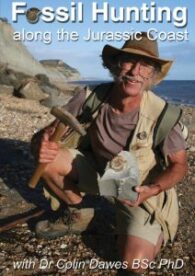

Fossil Hunting along the Jurassic Coast is presented by Dr Colin Dawes, a well-known, fossil hunting guide in the world-famous palaeontological site of Lyme Regis.

This is an ambitious little field guide, which aims to allow amateurs to identify basic rocks and rock formations, for the first time, in a systematic way., as it says: “… using only careful observation, a magnifying glass, a pocket knife – and a bit of patience”.
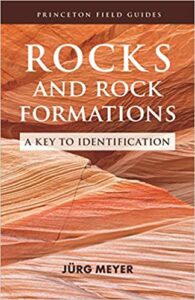
After having favourably reviewed the first two books in this three part series, I must admit I was very much looking forward to the publication of this last one. And, of course, I wasn’t disappointed. This is the third in a series of guides to safe and responsible fossil collecting along (this time), the East Dorset coast from the Chalk cliffs at Bat’s Head, across what are some of Dorset’s more remote coastal locations, to Hengistbury Head.
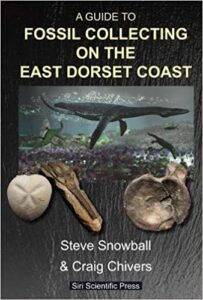
I approached this book with what turned out to be completely irrelevant preconceptions. I was very wrong. In fact, this is a little geological tour de force describing field locations and, what one reviewer described as “the logic of geology: how vanished land – and seascapes can be conjured back into existence from the raw rock record”.
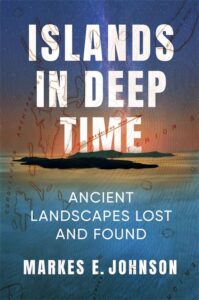
By David N Thomas and David G Bowers The extent to which our planet is covered by oceans and seas (about 70%), and the increasing concern that right-minded people have about climate change, means that there is a both a desire and an urgent need…
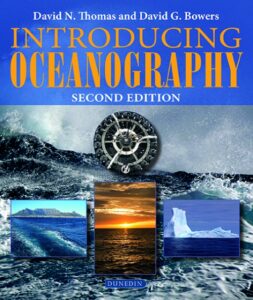
I like fossils, but it is always nice to have a brief but informative guide to the actual science behind one’s finds. And this Dunedin guide certainly fits the bill for amateurs and undergraduates alike.
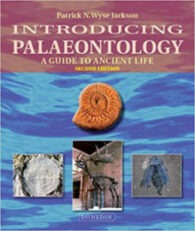
Sea level change is something that probably everyone who does their best to keep up to date about climate change, thinks they know about and on which they will have an opinion. However, this guide clearly shows that there are important misconceptions about the topic, and recent newspaper articles, TV and radio presentations unfortunately tend to bear little relation to reality.
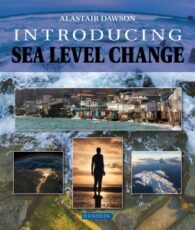
I like local geological guides, which aim to get you out and about, visiting areas you might not have known are worth a daytrip. And this is a good example. I sat down and read it cover to cover, as it is only 90 pages long. And I now really want to visit this bit of Kent coastline. Largely concentrating on the Upper Cretaceous Chalk, this guidebook explains and illustrates what seems to be some marvellous geology that can also be explored during what could be a lovely day out on the beach.
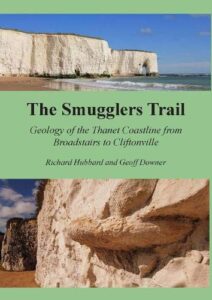
In recent years, Graham Park has been prolific in his writing for Dunedin Academic Press. In this new tome, he has produced what I suspect is a really great introduction to a range of key concepts and geological processes for both undergraduates and the interested, moderately well-informed amateur.
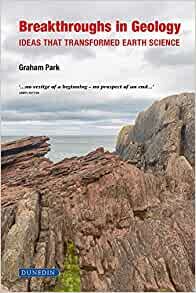
This 4th edition is the first edition of this book to be published with full colour illustrations throughout, and is presented as an enhancement and revision to the text to reflect advances in sedimentology since the publication the 3rd edition. Therefore, I suspect that it retains its place as a leading geological text and reference book for professional geologists and students alike.
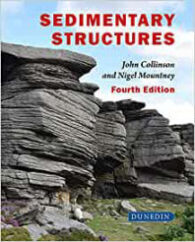
I really like the ‘Introducing ….’ series publish by Dunedin Academic Press, as you will have ascertained, if you have read the many reviews I have included in this magazine. This second edition of Introducing Sedimentology by Stuart Jones updates the version I reviewed a while ago (see Book review: Introducing Sedimentology, by Stuart Jones), and I found it equally enjoyable.
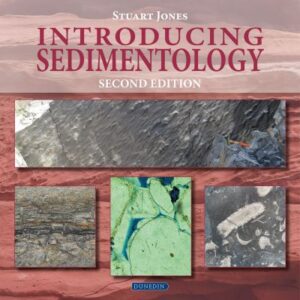
This is a new guide in Dunedin’s ‘Introducing …’ range of books, covering the branch of geology that studies rock layers (strata) and layering (stratification), primarily in sedimentary rocks, but also layered igneous rocks. In this way, it is intended for students and amateur geologist, rather than the academic earth scientist.
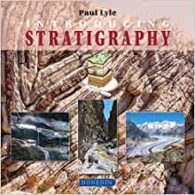
I have to admit that I hadn’t heard of ‘hydrogeology’ before, but I should have. Hydrogeology is an important and vibrant sub-set of geological science, dealing with the distribution and movement of water –groundwater – in the Earth’s soil and rocks. Groundwater transport is one part of the overall hydrological cycle in which water is transferred by evaporation from the oceans and seas into the atmosphere.
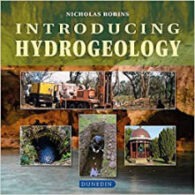
Nebraska has an excellent geological record, which is celebrated by some fine mosaics at the Nebraska State Capitol. When the building was being constructed, and at the request of Prof Hartley Burr Alexander of the Philosophy Department and from drawings by a colleague, the artist, Hildreth Meière, was asked to create a series of mosaics. These are now set out on the floor of the rotunda for all to see.

Trenton Holliday’s excellent book, tells the story of Cro-Magnon people in the context of recent scientific advances. However, while it does not shy away from complex scientific issues, the book is written with a light, understandable touch.
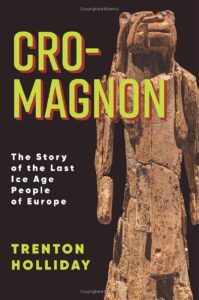
This book would seem to be the follow up to the well-received A History of Life in 100 Fossils. However, this time, this glossy hardback tells the story of plants on earth using significant fossils that are, for the most part, kept at the Natural History Museum in London. Like that other book, it is set out in a simple format, in which a couple of sides of text are used to describe a full page colour photograph of the fossil in question.
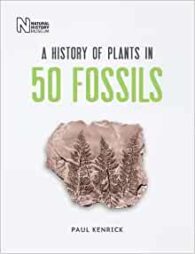
Dunedin Academic Press has once again added a title to its series of introductions to scientific subjects. This one is a short introduction to an essential subject to any budding geologist (essential, because, as the author points out, 70% of the rocks on the Earth’s service are sedimentary in origin and are of the utmost economic importance to all of us.

In these times, when the classic discipline of palaeontology is diminishing, there is a demanding need to inspire the next generation of palaeontologists – and perhaps also to make this field of scientific research more approachable. Otherwise, we are in the risk of losing generations of knowhow and a great tradition of studying time, through the evolution of life.
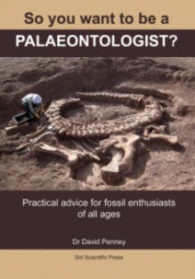
This is an interesting little booklet and very much a new departure for the Palaeontological Association. Rather than covering specific fossils, it contains colourful, detailed, artistic illustrations, accompanied by concise explanatory text by palaeoartist, James McKay.
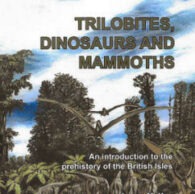
For anyone like me who finds the immensity of geological time (‘deep time’) both fascinating and fundamentally difficult – both emotionally and intellectually – this is a great book. Paul Lyle has written it for environmentalists and policy makers to help them explain their concerns and decisions more clearly in the context of geological time, but these are not the only people who should read it.
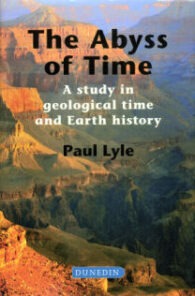
Those of you who have read a few of my book reviews will know that I love geo-guides to small geographical areas, rather than just the big geological scientific issues. In fact, there are lots of good UK guides like this one, to areas such as Dorset and Yorkshire, and many areas of Scotland and Wales, for example. And this is another excellent example of that genre.
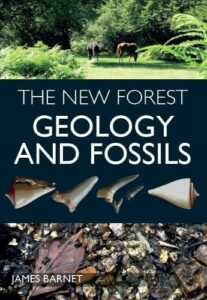
I know this looks first and foremost like a coffee table book, but what a picture and coffee table book! And, unlike such books, the undoubtedly chatty text is well worth reading. This is a great book for those who love palaeontology.
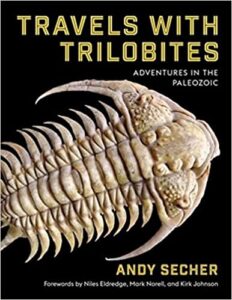
The fossil bearing rocks of the British Isles contain the remains of life from the last 2,900Ma and the UK is seen by many as the cradle of modern geology. With this is mind and using a geological map of Britain, palaeontologist Peter Doyle offers a comprehensive guide to UK fossils.
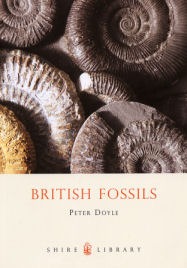
The Jurassic Coast Trust has certainly producing some good books. As is well known, in recognition of its wonderful geology, the coast between Orcombe Rocks in southeast Devon and Old Harry Rocks in south Dorset was granted World Heritage status in December 2001. In this respect, these two guides cover the western and the eastern thirds of this remarkable coastline.
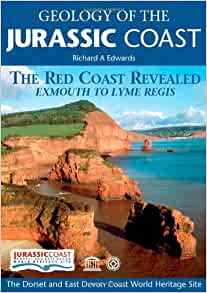
There are only a few good books on the London Clay and its fossils, but this little guide from the Geologists’ Association is a good start for beginners, children and teenagers. Rockwatch, which published this guide, is the national geology club for young people, the junior club of the GA. Having said that, this guide does not dumb down the information it contains.
